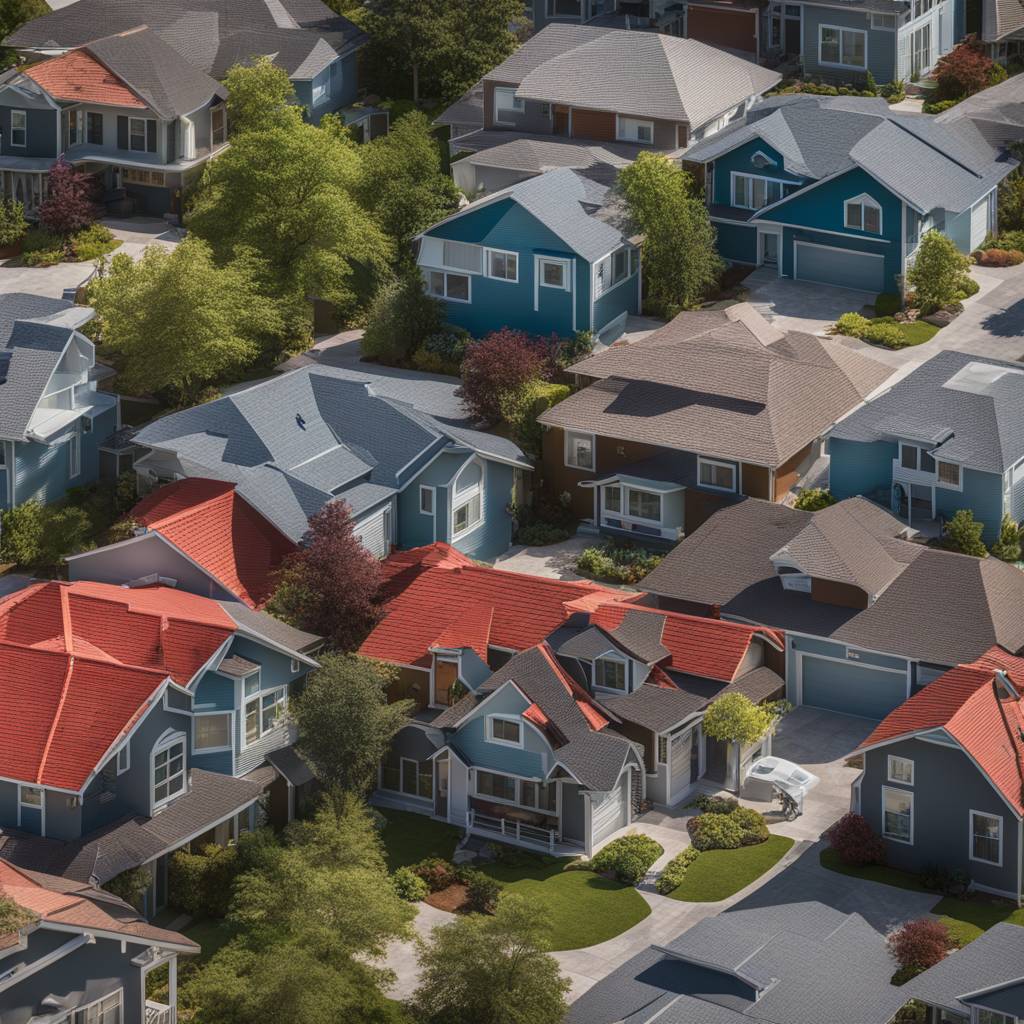In response to the urgent need for climate resilience in the face of increasing natural disaster risks, the integration of property technology (proptech) and construction technology (contech) has emerged as a promising solution. Recent findings from the Intergovernmental Panel on Climate Change (IPCC) underscore the need for proactive responses to climate-related threats, highlighting the potential of advanced technologies and data-driven approaches to enhance disaster preparedness, response, and recovery efforts. By leveraging predictive analytics, real-time monitoring systems, and innovative construction methodologies, we have the opportunity to build communities better equipped to navigate the uncertainties ahead.
In anticipation of natural disasters, the integration of proptech and contech is instrumental in fortifying infrastructure against potential threats. Contech can enhance the resilience of the built environment through resilient design principles, smart sensors for real-time monitoring, and advanced materials like self-healing concrete and shape-memory alloys. These advancements not only increase the durability and adaptive capacity of buildings but also lead to significant reductions in repair costs and extensions of building lifespans. Meanwhile, proptech offers a digital framework for continuous monitoring and intelligent decision-making, utilizing artificial intelligence to process vast amounts of data for proactive disaster mitigation.
During a natural disaster, the real-time capabilities of proptech and contech become crucial for managing emergency responses effectively. Proptech solutions equipped with IoT devices and real-time data analytics enable constant communication, monitoring of structural integrity, and immediate updates on evacuation needs and routes. This leads to a coordinated and efficient response, ultimately reducing the time it takes to mitigate the situation and commence recovery efforts. Post-disaster response and recovery efforts can benefit from the rapid deployment of proptech and contech solutions, such as drone technology, satellite imagery, and modular/prefabricated construction, to assess damage, guide resource allocation, and inform recovery strategies.
While the integration of proptech and contech offers immense benefits in disaster resilience, challenges such as accessibility, affordability, and skills gaps must be addressed. The high costs associated with cutting-edge technologies can create barriers to adoption, particularly in under-resourced communities. Additionally, the reliance on sophisticated infrastructure for optimal operation may widen the digital divide, hindering the effective implementation and maintenance of these solutions. Collaboration between governments, technology providers, developers, and communities is essential to drive innovation, scale up technology implementation, and ensure inclusive access to proptech and contech.
In conclusion, the convergence of proptech and contech represents a significant leap forward in enhancing disaster resilience. By fully embracing these technologies, we can transform our built environment into one that is more resilient, sustainable, and prepared for the challenges of a changing climate. To realize this potential, it is crucial to address issues of equity and accessibility, ensuring that the benefits of technology advancements are accessible to all segments of society. Through innovation, inclusivity, and collaboration, we can create communities that are shielded from the impacts of natural disasters and capable of thriving in the face of adversity.













